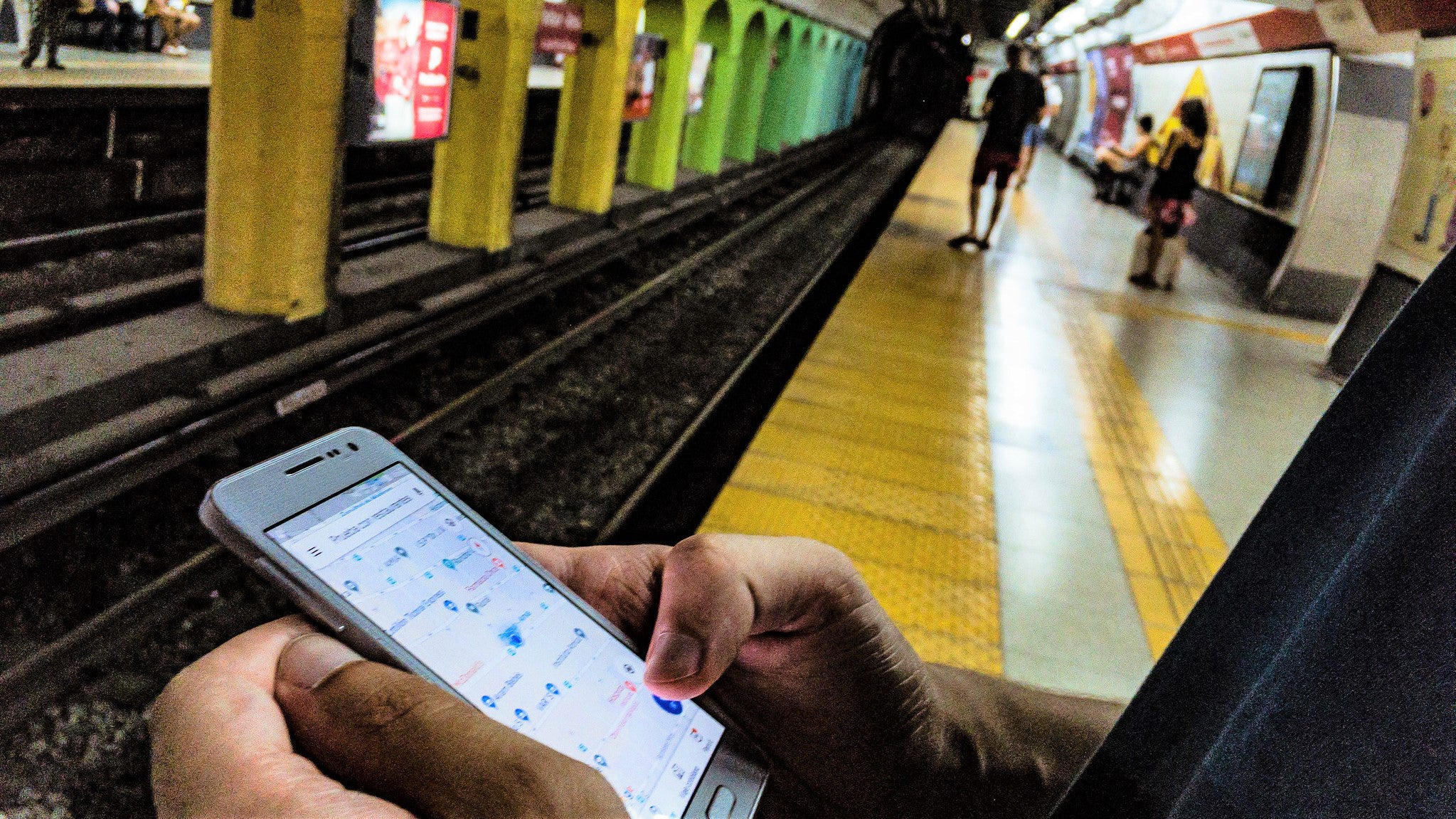
The COVID-19 pandemic has highlighted the importance of leveraging data and evidence to make decisions. Key indicators, such as new cases or hospitalizations, are shaping how government leaders around the world plan or adapt their public health interventions.
But it is not just the health sector that relies on data. Evidence-based decisions are the bedrock of sustainable development outcomes, especially in the transport sector.
Under the leadership of the Sustainable Mobility for All (SuM4All) coalition, the international transport community has reached a consensus on clear policy goals and developed the first-ever global tracking framework for transport (GTF).
However, the unprecedented events of 2020 have challenged many assumptions about how we assess and track progress on sustainable mobility. This blog post highlights some emerging opportunities that can be leveraged by the transport sector in light of the current context:
- Redefining the way countries collect and share transport data
Many individuals worldwide can use their mobile phones or smartwatch to monitor their mobility patterns (distances walked in a day, time spent cycling per week, etc.). By contrast, many governments still struggle to compile those same metrics at the city or country level. In many instances, public authorities rely on traditional data collection methods that are often inefficient, time-consuming, and expensive. The rippling effect is inaccurate, incomplete, or outdated data. According to a 2020 report from UN-DESA, 96% of national statistical offices have fully or partially stopped face-to-face data collection since the COVID-19 pandemic began. Meanwhile, technology companies such as Google, Moovit, Apple, and Tomtom have increasingly made harmonized data available by leveraging innovative technologies. Perhaps, national statistical bodies should be considering how this type of proprietary data can be expanded and further coordinated to create transport indicators to fill the gap.
- The basis for new targets and indicators
Over the last few years, the international community has adopted several landmark initiatives directly relevant to transport, such as the Decade of Action for Road Safety and the Paris Climate Agreement. These efforts brought attention to the unsustainability of the global transport system, and strove to catalyze action through the same basic approach: set clear targets, develop indicators, monitor the results closely. COVID-19 is now shining a light on other transport challenges that had been largely overlooked until now, from public health concerns to the lack of mobility options for vulnerable groups. Some examples include disabled persons whose constrained mobility options in the pre-COVID world were exacerbated, refugees whose access to asylum was curtailed, and women and children who lack alternatives when public transport is shut down as part of pandemic lockdown measures. With this, the international transport community has an opportunity to revisit how we assess sustainability and include other critical aspects of safety, inaccessibility, and public health risks.
- Data can help address immediate challenges and guide the long-term transformation
COVID-19 has shown just how critical big data could be in shaping policies and making informed decisions. Although data use in transport had been growing significantly over the past few years, the pandemic has increased the urgency to innovate. Cities and large corporations have partnered to use open-source data to assess mobility patterns and decide how to curtail the virus’ spread. Decision-makers are leveraging data platforms to ensure a safely phased reopening of business activities around the world. City leaders could use a similar approach to re-imagine urban design and make room for walkable, cyclable, safe, accessible, congestion-free, and climate-friendly streets.
The work continues, and our ability to process information faster than ever before will only increase the potential of data for transport. But data is only as good as the people who handle it. We should keep in mind that wrong interpretations and premature conclusions could hinder progress toward sustainable mobility for all. To make the most of data, transport practitioners must strive to be both rigorous and adaptable to integrate the new trends and opportunities outlined in this article. If we get it right, data will go a long way in building a better, more sustainable transport future for all of us.
This blog is the third in a series of three blog posts that assess transport concepts and tools’ adequacy in light of COVID-19. Read the first blog covering the concepts here and the second blog taking stock of the GRA’s policy measures here.
The author would like to acknowledge the enriching contributions of Nancy Vandycke and Javier Morales Sarriera to this blog.


Join the Conversation